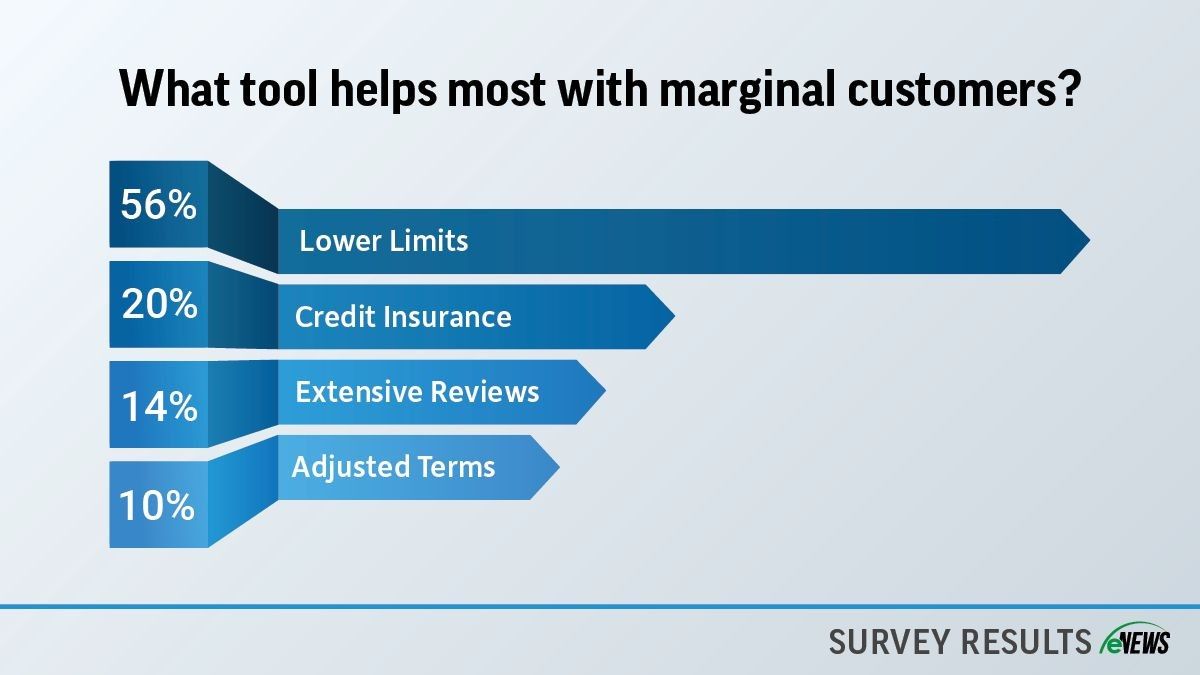eNews
Mastering customer deductions: A practical guide

Most of us have experienced the all-too-familiar feeling of paying for a product, only to find that it didn’t meet our expectations—whether it was missing parts, damaged or the wrong color. In situations like those, our first instinct was usually to contact customer service for a refund or replacement.
Similarly, in business-to-business (B2B) transactions, when customers aren’t satisfied with a product or service, they request a deduction—typically in the form of a short payment on an invoice or credit taken on a check.
Why it matters: Customer deductions typically require approval from the credit department, as they directly affect collections and terms outlined in the contractual agreement. By managing deductions proactively, credit professionals can improve the order-to-cash process, prevent future losses and support strong customer relationships.
Deductions: Why they happen
Customer deductions bring attention to issues involving service, product quality, shipping or other concerns the customer felt were not being resolved adequately or promptly by the supplier. A customer may reduce the amount they pay on an invoice due to claims of damaged goods, promotional allowances, short shipments, pricing errors or other discrepancies.
“We’ve had instances where customers claimed we overcharged them or applied tax when they were actually tax exempt,” said Lisa Vaughn, area credit manager at Rogers Group, Inc. (Oak Ridge, TN). “We’ve also received deductions for retainage due to quality issues or bills for work not yet completed. However, if the contract didn’t call for retainage, we won’t set it up to be withheld.”
In some, cases, customers may use deductions to protect their margins. These deductions often come in the form of chargebacks or fines tied to routing guides, vendor compliance requirements or other policy violations.
For example, many big-box retailers have strict, detailed instructions for how products must be packaged, labeled and shipped. Since each customer has its own set of guidelines, it can be nearly impossible for suppliers to comply with them all consistently. Even a minor oversight can trigger a chargeback or an inconvenience fee, costing suppliers thousands of dollars.
You can’t manage it if you don’t measure it.
While the reasons for customer deductions vary by industry, the approach to managing them tends to follow a similar framework. By identifying the reasons behind deductions, companies can not only prevent recurring issues but also gain clearer visibility into their financial impact.
Credit professionals often use reason codes—standardized alphanumeric identifiers—to explain why a payment was reduced or a chargeback occurred. Common reason codes include damaged goods, pricing discrepancies or short shipments. Once deductions are coded, they can be grouped into the following categories:
• Intentional: Pre-authorized and budgeted items.
• Preventable: Typically compliance-related violations.
• Unauthorized: Compliance or policy-related charges not previously agreed upon.
After categorizing deductions, companies can tailor their resolution strategies. For example, intentional deductions often have accruals or allocated funds to cover them. These should be identified, routed for approval, credited and cleared from the books as quickly as possible.
Deduction ownership: A team effort
Although the credit department typically identifies and manages deductions, resolution often requires coordination with other departments. Sales, marketing, logistics, accounting and customer service all play roles in a strategy-driven deductions workflow, often with specific service level agreements (SLAs) assigned to ensure timely processing.
Collaborating with sales and senior management allows credit teams to highlight how deductions impact the business and drive solutions. “We hold weekly meetings with our sales team to find the root of the issue to prevent it from happening moving forward,” said Tim Lane, credit and collections manager at Arcosa Inc. (Norman, OK). “If it’s a defective product issue, we’ll reach out to all customers who received those shipments. This not only helps prevent future issues but also builds customer trust—because we’re reaching out proactively for quality assurance and making sure our product is meeting their specifications.”
Clear contracts and pricing = Fewer deductions
Pricing disputes are among the most common causes of deductions, and a significant portion of them turns out to be invalid. One of the best ways to avoid price-related deductions is by having clear contracts that specify pricing terms upfront.
In the construction industry, for example, a change order is an official modification to the original contract when the scope of work changes. In such cases, it’s standard practice to wait for a signed change order before beginning the additional work. However, that work sometimes starts before the paperwork is finalized.
As a result, customers may withhold as much as an entire month’s payment. “If you go ahead and bill for it without the signed change order, it gives the customer a reason to withhold payment,” said Vaughn. “They might delay paying $500,000 worth of work over a $20,000 unsigned change order, and they’ll hold on to it until the issue is resolved. To prevent that, I take steps to confirm that tax details are correct, all documentation is in place and that I resolve any issues as soon as they arise.”
Tech-driven strategies for deduction management
Technology can play a critical role in minimizing deductions, streamlining internal processes and accelerating dispute resolution. For example, workflow automation tools can automatically send notifications to appropriate parties, enabling quicker response times and more efficient resolution of deductions.
Automated systems also help enforce organizational compliance with internal policies and SLAs. They can track performance metrics, such as average case processing time. In addition, automated systems can compress cycle time, reduce days deduction outstanding (DDO) and speed up the clearing of invalid deductions.
Map it out: Clear steps, clear results
It’s important to have a clearly defined process for handling deductions: where they go, who approves them and what approval levels apply. For example, deductions above a certain dollar amount may need to be escalated to higher management.
Documenting the process provides a roadmap for resolving future deductions—especially helpful for onboarding new team members. “It’s crucial that you manage deductions in real time to ensure that you decrease Days Sales Outstanding (DSO),” said Lane.
The bottom line: Customer deductions are an inevitable part of doing business. The real win is preventing them from ever hitting your receivables. “At the end of the day, what’s most important is the customer relationship,” Lane said. “If you don’t prioritize your customer’s needs, you can potentially lose a steady source of income, which impacts your company’s overall cash flow and performance.”





